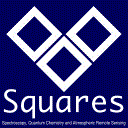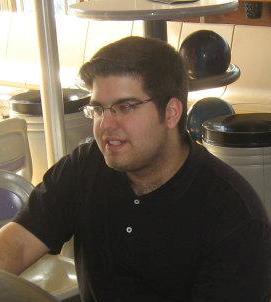 |
Spectroscopy, Quantum Chemistry and Atmospheric Remote Sensing |
|
|||||||
 Nicolas Iacobellis
Nicolas Iacobellis
Background
PhD projectQuantum control of quantum dots: towards single electron transistor and quantum computingThe potential applications of quantum dots (QDs) are numerous. Two of them are of particular interest to the future of computer technology: the single electron transistor (SET) and the use of spin or exciton states for quantum computing. In both cases, the intervention of an external electromagnetic field is required and adds to the complexity of the theoretical model. The goal of this project is to get a better understanding of the interaction between the field and the QDs, consisting here of Si and Si/Ge. In a SET where a QD plays the role of the island, we would like to optimize the microwave gate pulses, controlling the resistivity of the island. This optimization will require knowledge of structural variables and modeling of transport phenomena. The variables will be obtained through the VASP program (among others), based on the DFT method with a plane-wave basis set and pseudopotentials representing the electron-ion interactions. Transport will be integrated in our model with the help of a close collaboration with the MIND/IN²UB laboratory of the University of Barcelona. For quantum computing, the excitons localized in the QD will represent the 0 and 1 of binary language, while laser pulses will perform the quantum operations. The dipole-dipole interaction, allowing the "communication" between QDs, can be modulated using an external electric field and the rapid adiabatic passage (RAP) method will perform a controlled population transfer between two states. We would like to control the electric field modulating the interaction and optimize the parameters of the RAP method. Moreover, we will ensure we obtain experimentally acceptable pulses via the inclusion of the environment and constraints on the intensity and the area of the pulse. Finally, we will consider various optimization methods, such as genetic algorithms, to improve the search for optimal parameters. PublicationsSee here. ContactSpectroscopy, Quantum Chemistry and Atmospheric Remote Sensing (SQUARES) (https://squares.ulb.be//), |
| Université Libre de Bruxelles – Faculté des Sciences | |||